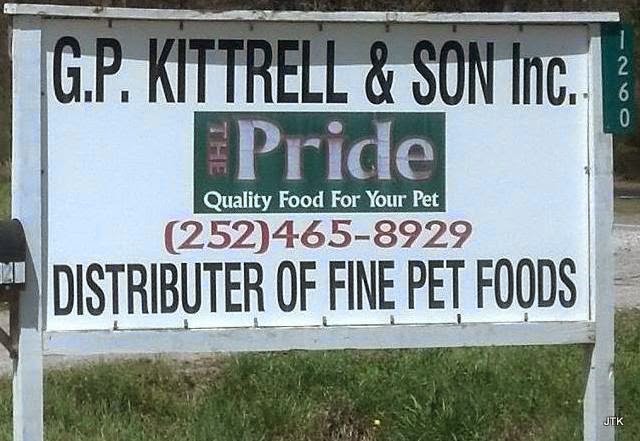JTK
Pennington Seed
Alyceclover (Alysicarpus vaginalis) By Kent Kammermeyer
Arrowleaf Clover (Trifolium vesiculosum) By Kent Kammermeyer
Austrian Winter Pea (Pisum sativus) By Kent Kammermeyer
Browse Exclosures Necessary for Your Food Plots By Kent Kammermeyer
Buckwheat (Fagopyrum esculentum) By Kent Kammermeyer
Choose Your Wildlife Seed Carefully and Wisely! By Kent Kammermeyer
Crimson Clover By Kent Kammermeyer
Fertilization of Existing Plants for Deer/Turkeys by Kent Kammermeyer, Senior Wildlife Biologist
Fescue (Festuca arundinacea) For Deer? by Kent Kammermeyer, Senior Wildlife Biologist
Food Plots Need Attention Now By Gerald Almy
FORAGE CHICORY (Cichorium intybus) By Kent Kammermeyer
How Much and Where to Plant For Deer & Turkeys by Kent Kammermeyer, Senior Wildlife Biologist
Know Your Soil pH and Fix It With Dolomitic Lime By: Kent Kammermeyer - Senior Wildlife Biologist
Lablab (Lablab purpureus) By Kent Kammermeyer
Ladino Clover (Trifolium repens) By Kent Kammermeyer
Late Winter A Good Time to Add Clover to Food Plots By Wayne Tankersley
Oats (Avena sativa) By Kent Kammermeyer
PATRIOT WHITE CLOVER (Trifolium repens) By Kent Kammermeyer
Patriot White Clover, Powerful and Persistent By Kent Kammermeyer
Rye (Secale cereale) By Kent Kammermeyer
Salt Tastes Good, but Does It Benefit You or Your Deer Herd? By Kent Kammermeyer
Successful Food Plots Begin With A Soil Test By Wayne Tankersley
The Whole Truth About Durana White Clover By Kent Kammermeyer
Top Ten Cream of The Crop Food Plot Plants...North and South By Kent Kammermeyer
What Your Mama Never Told You About Brassicas! By Kent Kammermeyer
Why Do (Almost All) Deer Hunters Need Food Plots to Achieve Their Goals? By Kent Kammermeyer
Winning the Weed War! By Kent Kammermeyer
Powered by ScribeFire.




